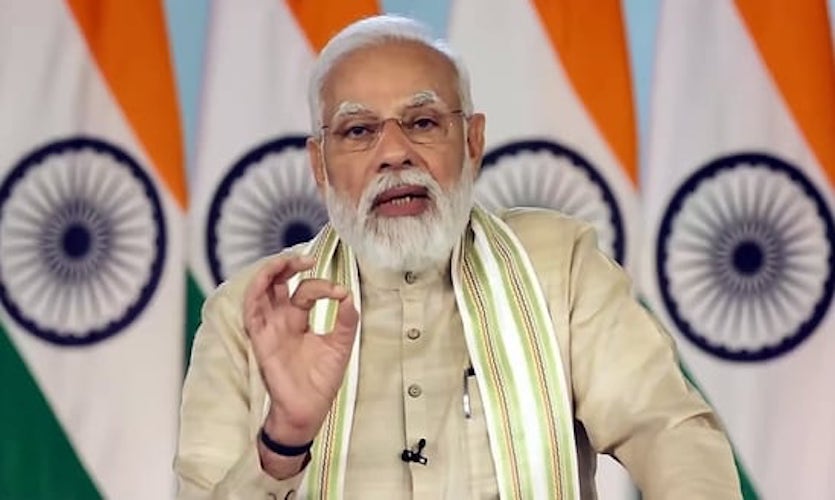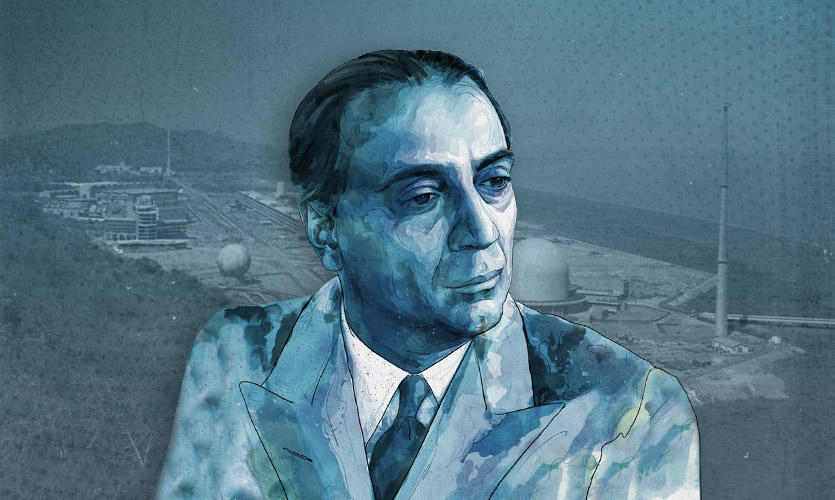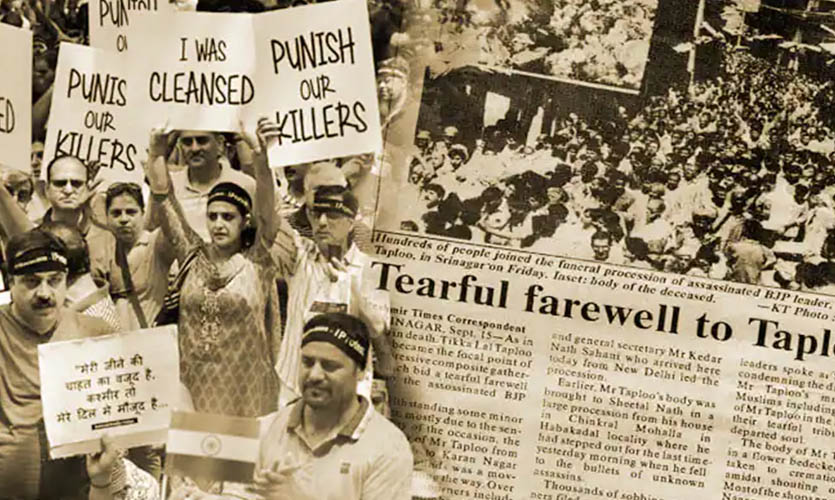Every movement has its master, mission and momentum. Like a huge honey pot, it attracts worker bees from all over as its velocity expands exponentially.
The BJP is one such enterprise that has mastered India through mighty maestro Modi, who is both its idea and ideology without equal. His magnetism, and loyal lieutenant Amit Shah’s determination, has made BJP the world’s largest party with over 160 million members. But Modi’s ardent admirers are baffled by his party’s obsession with political acquisitions and mergers. Last week began Round Three of inviting to its political feast many Congress leaders who have become irrelevant in their own party. Saffron old timers are visibly disturbed about the dogma dilution. But for astute BJP masterminds, the new arrivals are game changers. For example, former Punjab Congress chief Sunil Jakhar, son of Balram Jakhar, a formidable Congress Jat leader, was welcomed into the BJP. In Punjab, the party is reeling under leadership bankruptcy. Its luminaries aren’t able to swallow the ignominious defeat by non-Sikh outsider Arvind Kejriwal who created AAP from nowhere and won 92 seats. Its rise in Delhi and now in Punjab has rattled the BJP national leadership.
The epiphany that BJP lacks charismatic and effective regional leaders, barring in few states like Madhya Pradesh and Uttar Pradesh, has come at a cost. It inherited a comprehensively committed RSS cadre. But Modi, soon after being declared the PM candidate in 2014, launched Round One of Operation Mergers and Acquisitions because BJP’s clout was confined to a few states. Like a gracious host, he gave seats at his table to many former chief ministers, Union ministers, important caste leaders, influencers from civil society and retired babus with transferable loyalties. Since then winnability, not unshakable ideological commitment, is the essential qualification to enter the BJP’s exalted echelons.
With Modi being BJP’s life force and the rest being mere implementers and messengers who promote and amplify his vision and mission, the party needs to expand its pre-eminence. And hey presto! Note the influx of ideologically incompatible itinerants flocking to the shelter of the strongman’s shadow. There is, however, a strict screening process. All migratory birds must be socially relevant, economically affluent, but appeal limited to their own geographical boundaries. And finally, they should be able to attract dynamic defectors from their old organisations and become the glue binding BJP originals and new converts. This experiment succeeded superbly in Assam where the BJP poached Himanta Biswa Sarma, a firebrand Congress leader, just before the 2016 election. Not only was Sarma resourceful but well-networked with smaller North Eastern parties. He was tasked with winning them over, since the North East is strategically important to both the RSS and the BJP. He was given an important portfolio and ensured the BJP’s win in most of the NE states ridden with extremist and religious fundamentalists. He was rewarded with the post of the Chief Minister by replacing Hindutva henchman Sarbananda Sonawal.
During the past five years, former Congress leaders have got prominent posts including the top position in many states. Karnataka CM Basavraj Bommai lacks Sangh pedigree. An engineer by profession, the son of former CM SR Bommai had no saffron connections. Bommai started his career with the Janata Dal and joined the BJP in 2008. Arunachal Pradesh CM Pema Khandu, a former Congressman, donned the saffron robe in 2016. Similarly, Manipur’s Biren Singh started political life in the Congress and joined the BJP after Modi became the PM. Surprisingly, the BJP replaced one of its youngest chief ministers Biplab Deb of Tripura with 69-year-old former Congress leader Manik Saha who defected in 2016. Deb was a staunch RSS worker and was enforcing its agenda with passion.
According to an ADR study, from 2014 till 2021, 35 per cent of 500 candidates who re-contested Lok Sabha or state elections were turncoats in the BJP. Researchers found that almost every fourth BJP MP or MLA has Congress DNA. In some states, half the number of ministers was once the BJP’s harshest critics.
The ongoing trend of adding defectors is a continuation of previous exercises to augment the BJP’s influence in states where it must win more Lok Sabha seats. It must retain Madhya Pradesh, Gujarat and Himachal Pradesh, which are going to the polls before the 2024 general election. It has already achieved saturation in UP, Rajasthan, Gujarat, Karnataka, Chhattisgarh, Bihar, Haryana, Delhi, Karnataka, Maharashtra and MP by winning almost 100 per cent of Lok Sabha seats. Power arithmetic mandates compensation for any loss the BJP may suffer in other states. Even in Opposition-ruled West Bengal and Odisha, the BJP made massive inroads in 2019. But the party is not hopeful of repeating its performance. According to the Opposition math, it may lose a total of 75-100 seats in Maharashtra, Gujarat, Rajasthan, MP, Assam, Bengal, Haryana, Chhattisgarh, Bihar, Karnataka and Jharkhand.
Hence, the BJP is confronted with a big question: from where will it get those extra seats to retain its Lok Sabha majority? Of course, it expects a third Modi Wave in 2024, like in 2019 when it crossed the 300 mark. It expects to win all the 80 seats again in UP and retain all MPs in Gujarat and in other saffron states. But it would be hard pressed to repeat its performance in Odisha and Bengal. In Tamil Nadu, Kerala and Andhra Pradesh which account for over 100 MPs, the BJP can’t grab more than half a dozen seats. Hence, the emphasis is to break ruling regional outfits in Telangana, Tamil Nadu and Kerala. Over the next few months, the BJP is likely to target the prominent TRS and YSR Congress netas in Telangana and Andhra, AIADMK leaders in Tami Nadu and JD(S) jockeys in Karnataka. It has shortlisted some prominent and vulnerable leaders of the NCP and the Congress in Maharashtra since the Devendra Fadnavis experiment hasn’t yielded dividends. In Rajasthan, it is hoping to win over Sachin Pilot since there is no saffron leader to ensure victory. In Chhattisgarh, the BJP has no effective alternative to Raman Singh. It is wooing health minister TS Singhdeo who is peeved over losing the CM chair to Bhupesh Baghel. BJP’s political cartographers are consolidating 80 per cent of the population, leaving out the Muslims and Christians.
It is apparent that the saffron geographical expansion is primarily due to the shrinking of the Congress under the Gandhis. Armed with enormous powers to induce and inveigle, if Modi-Shah’s poaching drive continues unabated, the BJP will be India’s new rainbow smoothie with undiluted saffron syrup at the top. It will be dominated by ex-Congressmen and women but commanded by hardcore Hindutva right wing leaders. Disaffection-driven defections will determine a dramatic devolution of the Congress’ ‘One Party, One Family’ formula and give way to ‘One multi-colour Party, One Saffron Leader.’
This column first appeared on the New Indian Express.
Also read: Can The AAP Successfully Present An Alternative To India’s Aam Aadmi?










